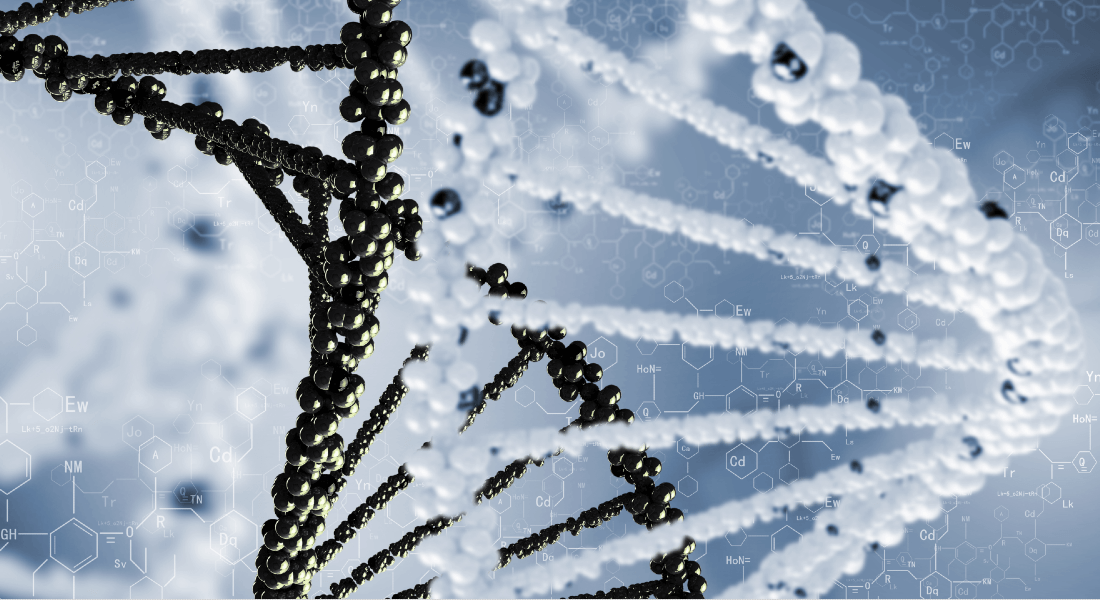‘Bacterial arch-enemy’ paves the way for new gene editing
The CRISPR-Cas9 technology might soon see itself surpassed by a new and smaller cousin, CRISPR-Cas12j. It was recently discovered that the defense system of bacteriophages called CRISPR-Cas12j, also known as Cas-phi can also be used for gene editing. Now, researchers from the University of Copenhagen have mapped the structure of CRISPR-Cas12j to know exactly how it functions and how it can be used for genome editing in plants and humans.

Researchers may have discovered a new and better genome editing technology than the existing CRISPR-Cas9, which has proved itself a revolution within biotechnology and medical sciences.
The similar but much smaller CRISPR-Cas12j system was recently found within the archenemy of bacteria – bacteriophages. These tiny organisms are viruses that can infect and kill bacteria while not being harmful to plants, animals or humans.
Researchers from the University of Copenhagen have now mapped the structure of CRISPR-Cas12j3 from bacteriophages. This is important in order to understand exactly how it works. The new study is published in the scientific journal Nature Communications.
“The bacteriophages may use CRISPR-Cas12j family members in nature as a defence CRISPR to defeat other viruses when they fight to infect and control host bacteria. It seems that there are several advantages for the use of this system as a biological method to edit genomes. In this study we used cryo-electron microscopy to determine the structure of CRISPR-Cas12j3 at high resolution. This information provides us with the first structural insight of this CRISPR-Cas family, thus revealing how it works,” says first author to the study Arturo Carabias, postdoc at the Novo Nordisk Foundation Center for Protein Research.
When trying to find out how systems like CRISPR-Cas12j3 work, it is important to map the molecular structure. The shape and structure of molecules reveal how they function and interact with other molecules when they carry out their function.
Solves a packaging problem
Researchers hope that the new system could provide resources with improved efficiencies and alternative targeting mechanisms, smaller cargoes for viral packaging or decreased immunogenicity.
The reason that CRISPR-Cas12j family members is interesting to investigate to the researchers is its size. Compared to CRISPR-Cas9 it is much smaller but retains the key functions for precise genome editing in a compact protein scaffold. This provides an advantage in the genome editing process when the molecular scissors are packaged into an Adenovirus in order to be delivered into an organism. In the case of CRISPR-Cas12j family members, it should be possible to include longer sequences to facilitate editing than for its larger cousins.
“CRISPR-Cas12j members need to be studied in depth before it can actually be applied in medical science and biotechnology. But in this study, we can see its vast potential for genome editing because it solves some of the packaging problems that CRISPR-Cas9 has,” says Guillermo Montoya, professor at the Novo Nordisk Foundation Center for Protein Research.
The researchers now hope to see the CRISPR Cas12j family members investigated further before it eventually can be implemented as a new gene editing technology.
Read the entire study: “Structure of the mini-RNA-guided endonuclease CRISPR-Cas12j3” in Nature Communications.
Contact
Professor Guillermo Montoya
+45 35 33 06 63
guillermo.montoya@cpr.ku.dk
Press Officer Mathias Traczyk
93 56 58 35
mathias.traczyk@sund.ku.dk
